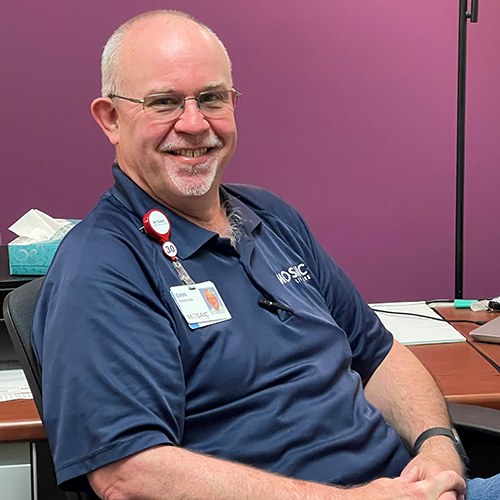
Champion of Donation – Chaplain Dan Mefford

Chaplain Dan Mefford
Dan Mefford has served as a Chaplain for Mosaic Life Care Medical Center in St. Joseph, Missouri for 30 years. “Part of my role here, as all of ours are, is to respond to all end-of-life care crises,” says Chaplain Dan. “We are a part of what they’re going through and are there for the families as well.”
At Mosaic Life Care, the chaplains also serve as the designated healthcare directive educators. When working with families about the healthcare directive, often questions about organ, eye and tissue donation and the individual’s wishes are brought up along with questions about what is available to them.
As the lead chaplain for Mosaic Life Care’s ER and ICU, Chaplain Dan is involved with both Midwest Transplant Network and Saving Sight in the donation process. “Primarily, I work with Midwest Transplant Network and then they connect us to Saving Sight for eye donation,” says Chaplain Dan.
“Our connection is really one of partnership. We have open lines of communications where we can talk to each other. We try to be the liaison to help Saving Sight and Midwest Transplant Network through the process. We are a link between them and the family during this time. Sometimes Saving Sight might reach out to us to ask how the family is doing in their time of grief before they call the family to talk about donation. If the family asks me who Saving Sight is about a missed call, I can let them know to talk with them and that Saving Sight can help you with the donation journey.”
He adds that he values his partnership with Saving Sight and Midwest Transplant Network for a couple of reasons: “One, we couldn’t do it without them. The donation process is way beyond what we are capable of by ourselves,” he says. “Their partners are trained to have these conversations as designated requestors. Two, I also value that we are partners. They look at us as partners in this journey and ask how do we make this happen so everyone comes out ahead. Never have I felt like a pipeline in the journey either. They see us as an integral part of what they are going through and that gives me a good feeling working together.”
“Chaplain Dan is such an incredible advocate for donation,” says Darcey Ross, Hospital Development Manager at Saving Sight. “Not only for the individuals who have made the decision to donate, but he is such a source of comfort and support for the grieving family members as well.”
Chaplain Dan stresses the importance of talks about organ, eye and tissue donation before the end-of-life-care journey as well. “I think it’s very, very important. Obviously, we can’t approach anybody about donation as chaplains because we aren’t’ designated requestors – that is Midwest Transplant Network and Saving Sight’s role. But a lot of times people will ask me what I know and think about donation. I think it’s even more important before end-of-life care. It’s essential to talk to the family and make your decisions known ahead of time.”
He adds that being educated on donation and having your wishes known is vital in giving people the chance to live or see again when someone else dies.
“I’ve had friends who have received organs or tissues and are living their life now because of it. I recall one family very early in my career here. Their loved one died, and they came to me and said he was a Lion and wanted to donate. They asked, ‘how do we make that happen?’ This impressed upon me during that conversation that donation isn’t a small thing; it means a lot,” says Chaplain Dan.
“I’ve seen the lives that are changed through donation. And in the people who have donated their loved one’s tissues, their sense of helping someone else because their loved one is making a difference. It sends shivers down your spine to see how much it means to the family in their grief to donate – it’s a healing experience for those who are grieving.”
“The donation process changes a life – with eye donation, up until that point the recipient could literally be seeing darkness. For the donor family it gives them a sense that their family member is continuing to help others through the processes of life,” says Chaplain Dan.
For those families in the grief process after donation, Chaplain Dan offers comfort and support. “If the family is still here once a donation decision is made, we can reinforce that they’ve helped someone else. I see folks out in the community when it’s over and they’ll want to talk about that. It’s an affirmation for them of the gift they gave to someone else. It lets them know that there are people out there who truly are grateful for the gift they have received.”

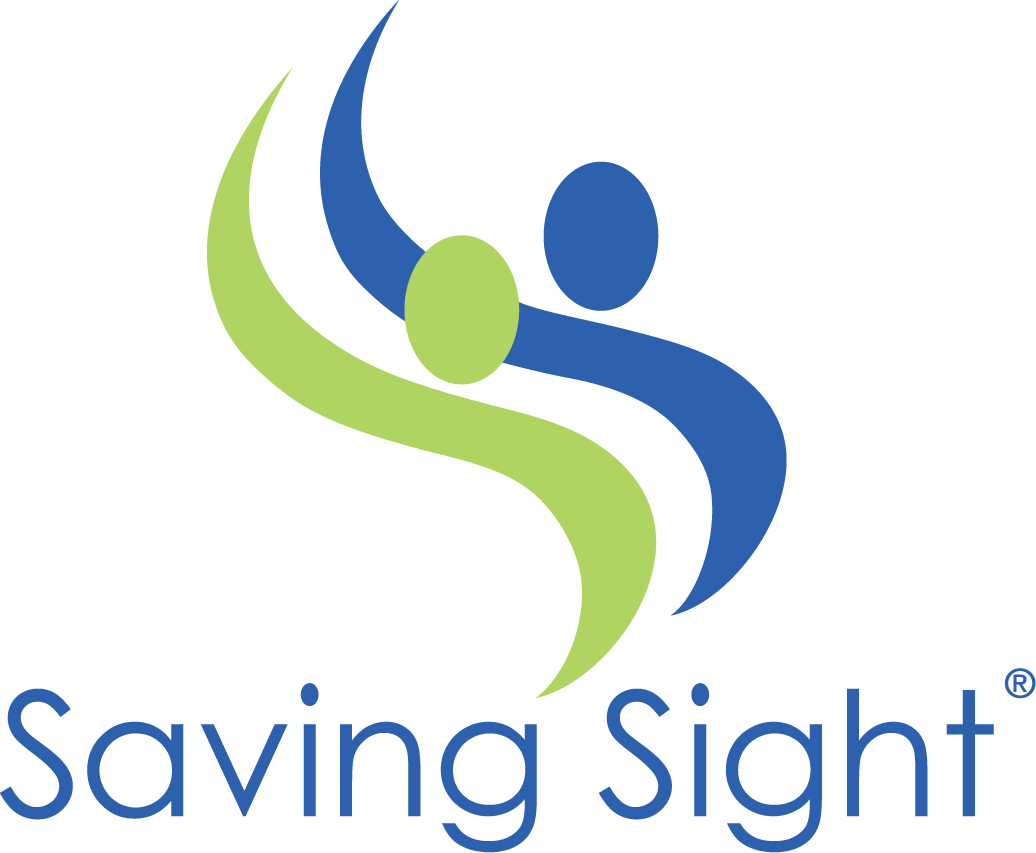
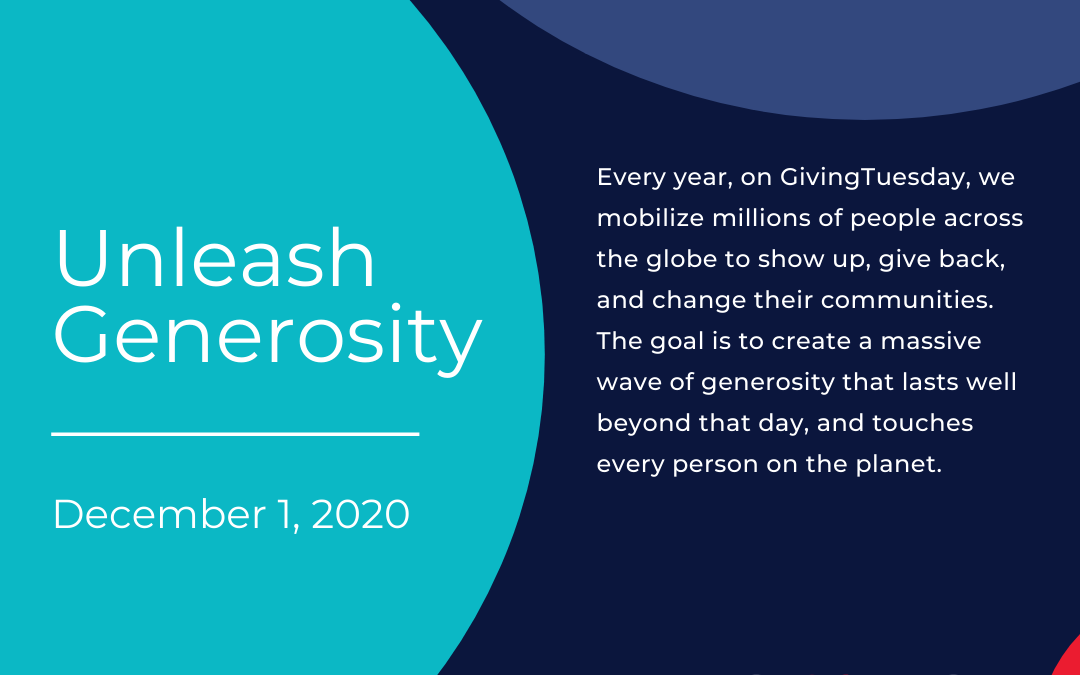
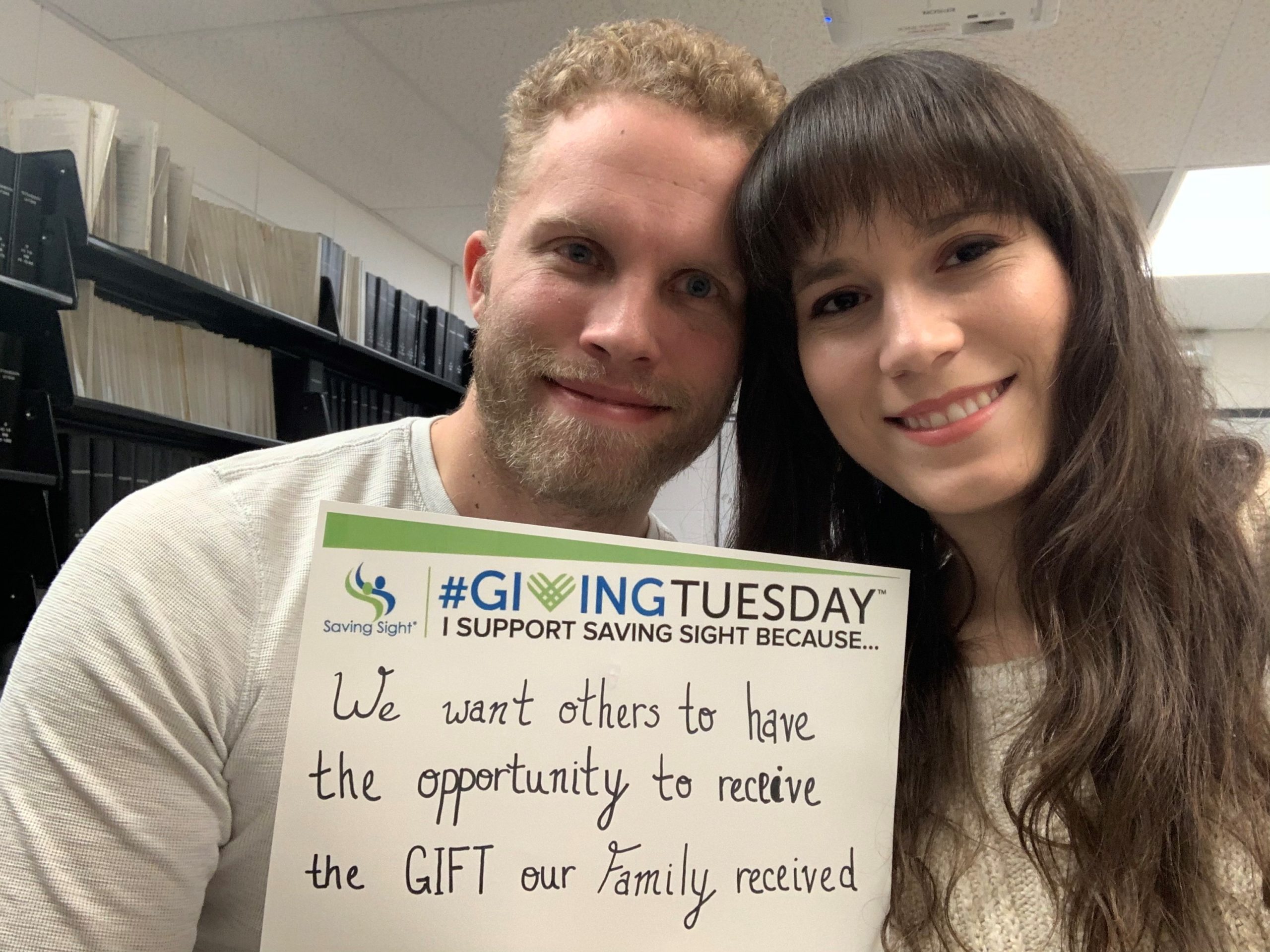
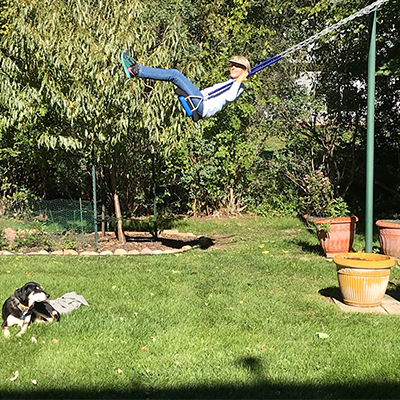



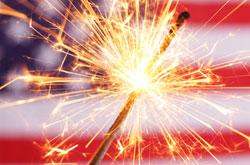 With fewer public gatherings for firework displays this Fourth of July holiday due to COVID-19, many health experts expect that more individuals will purchase and light fireworks for their own personal use this weekend. While fireworks are a beautiful and time-honored tradition associated with the holiday, it’s important that you take precautions to keep yourself and your loved ones safe.
With fewer public gatherings for firework displays this Fourth of July holiday due to COVID-19, many health experts expect that more individuals will purchase and light fireworks for their own personal use this weekend. While fireworks are a beautiful and time-honored tradition associated with the holiday, it’s important that you take precautions to keep yourself and your loved ones safe.